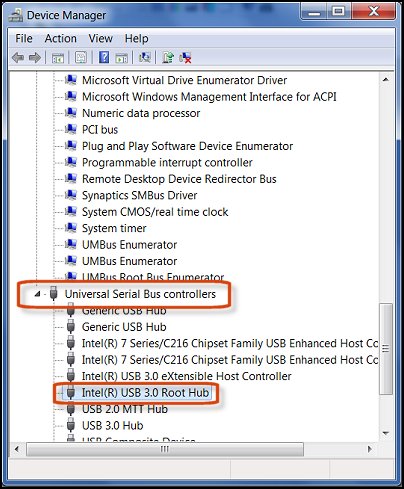

The "external" USB approach should however work fine, still you will probably need USB 3 drivers for Windows 7. You need anyway - as Tripredacus said - a specific driver slipstreamed, but there can be an additional issue, there was recently a case of a (Dell) thingie that needed a BIOS update to have the EMMC be seen as "fixed".īUT wait a minute, is this still the same as this:Īnd you are looking for a "second opinion"? If anyone has any suggestions or recommendations of some kind of custom Windows 7 I could use, I will be forever in your EXACT model of the HP Stream is it?Īnd is that 32 bit or 64 bit Windows that you are trying to install? If that tool fails then I can still try to do it manually. I've tried to use the tool called WinToUsb but with no success so far (BSOD or infinite reboot), however I haven't exhausted all possible partition schemes and settings yet. Lately I realized I could try to skip the internal hdd and just install Win7 on an external usb drive and marry it together with the laptop. MY SECOND APPROACH (INSTALLING ONTO A USB DRIVE).

I even ripped the hdd drivers from my current Win8.1 and integrated them into the Win7 image. I have tried installing Win7 from a live usb, dvd, and tried all available settings on BIOS, all editions of ISOs, USB 2.0 ports and the standard troubleshooting steps that I could find on google. Now this seems to be at the root of the problem Win7 won't detect the internal emmc hdd or any other disk drive for that matter ("No fixed disks to show"), even when I insert another usb drive. The motherboard is 圆4 compatible and the internal hdd is 32GB eMMc (a kind of SD flash drive). MY FIRST APPROACH (INSTALLING FROM A USB/DVD). I have a HP Stream laptop and I really want to use Windows 7 (in any shape/form/variant).


 0 kommentar(er)
0 kommentar(er)
